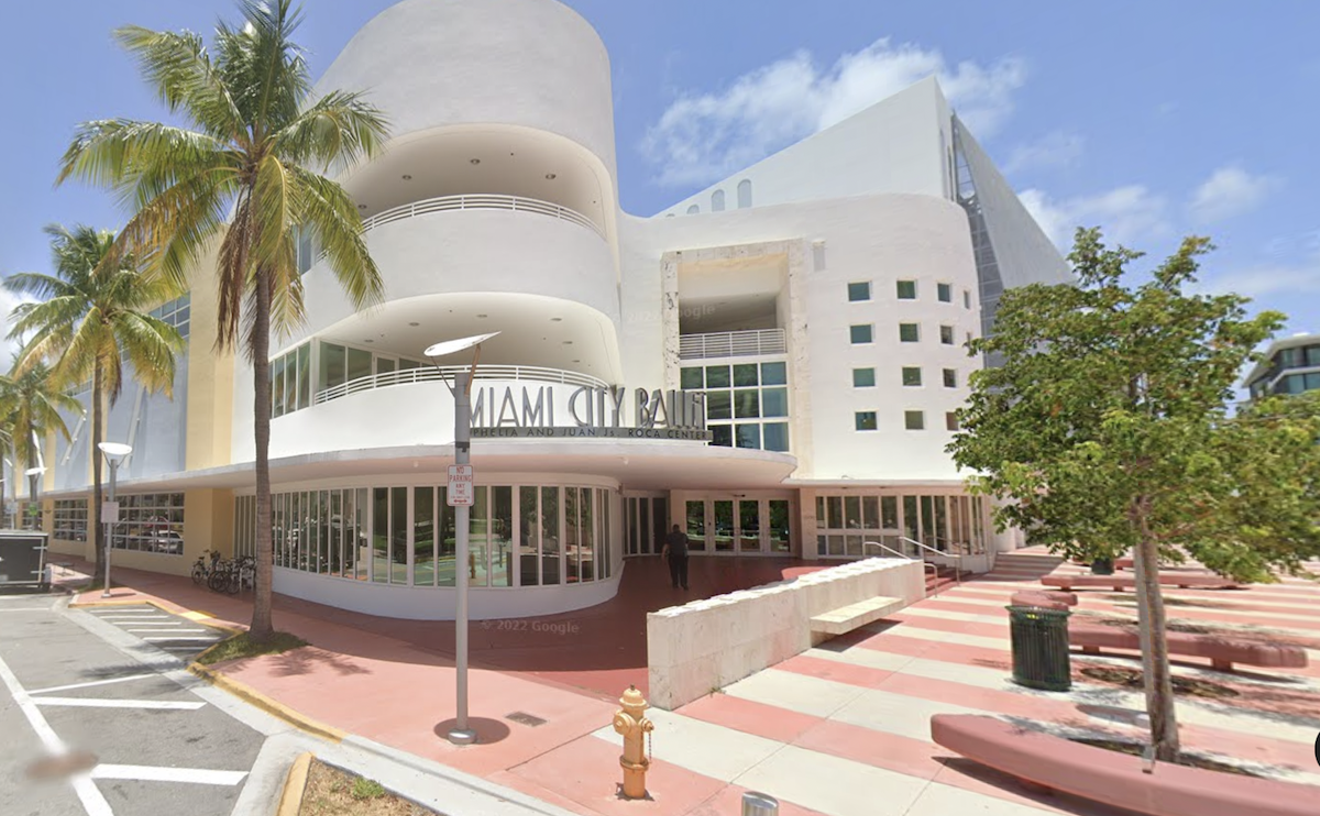Her knee-length dreadlocks wrapped in a green cloth, Cassy hoists her two-year-old daughter up on a hip and shuffles in her socks into her big, clean bedroom. "This house is a castle," says the slender, soft-skinned former university teaching assistant, shaking her head in disbelief. "I've never had a walk-in closet ... and all this space."
Two months ago, Cassy (not her real name) was homeless, out in the rain with her four kids. Now she has a three-bedroom, two-bathroom, sky-blue house on a tree-lined street in Miami's Buena Vista neighborhood. She takes warm showers, cooks vegan dinners, and watches the news on a small, fuzzy TV screen. The only catch: The house isn't hers. Cassy is a squatter and, at any moment, could be arrested for trespassing, even burglary.
Not everybody in Miami-Dade County is crying over this year's 40,342 foreclosed properties. Cassy is part of a small, well-executed movement by activists at Take Back the Land to relocate homeless families into empty houses and abandoned government-owned buildings.
The 39-year-old Haitian mother recently lost her North Miami house after agreeing to a too-good-to-be-true mortgage loan. She lived in the much less spacious place for years before she was forced to leave. Ironically, the place where she now stays is owned by Lehman Brothers, a major player in the market for subprime mortgages — thought to be a catalyst for the housing crisis.
Cassy was guided to the home two weeks ago by Take Back the Land, a group with a long record of standing up for the poor and needling authorities who fail them. During the past year, the organization has risked significant legal trouble to aid several people such as Cassy in getting roofs over their heads. It hopes to do much more. "We could virtually empty the streets and shelters simply by filling the vacant houses," director Max Rameau says. "Homes should go to people, not kept empty so banks can cash in."
Take Back the Land, which has 10 volunteers, first gained national media attention two years ago after setting up a contentious shantytown called Umoja Village at NW 17th Avenue and 62nd Street in Liberty City. Asserting the "black community's right to own land" in its own neighborhood, they erected 21 shanties on public land using wooden pallets and tarps.
After months of wrangling between city zoning authorities and Rameau, the village burnt down in April 2007. Residents suspected city employees had a hand in the fire. Afterward, the activist leader helped 14 displaced villagers to a warehouse in Liberty City, where they stayed for about three weeks.
A new crisis exploded around the same time across the county. Empty houses began to pop up in record numbers. Foreclosed properties nearly tripled from 2006 to 2007, swelling from 9,814 to 26,691. And some displaced homeowners — such as Cassy — became temporarily homeless. Indeed, between January and July 2007, the number of homeless on the street increased by nearly one-quarter, according to the Miami-Dade Homeless Trust.
Then, on October 22, 2007, Take Back the Land moved its first homeless family into a foreclosed house.
The next day — on the one-year anniversary of the Umoja Village construction — Rameau announced he was cooking up a new strategy. The plan: Move the homeless into the deserted houses, with or without permission. They would carefully choose participants, he told the Miami Herald, to avoid "creat[ing] crack houses in Liberty City."
The idea soon faded from the public spotlight. Since then, Take Back the Land has "liberated" six others, Rameau says, aiming to find them a place to stay for at least three months.
The move-ins work like this: Rameau and four other volunteers screen candidates to measure "urgency of need" — and to ensure they aren't mentally ill or addicted to drugs. Next the group chooses a house. Repair costs, safety, livability, and proximity to Take Back's headquarters in Liberty City are considered. Volunteers then "visit the location several times in order to gauge if the place is being watched," Rameau says.
Participants are instructed to enter through the front door and to be honest — even to befriend neighbors and put utilities in their own names. So far, it has worked.
Moreover, independently of Take Back the Land, dozens of other squatters have moved into properties across the city, particularly in Allapattah, Little Havana, and Little Haiti, says city code enforcement director Mariano Loret de Mola. A month ago, the city passed a law giving police and zoning authorities more power to deal with them — but it has yet to go into effect.
"We're putting a priority on it because they are places for criminal activity, for drug dealing and drug use," Loret de Mola says. "It's a quality-of-life problem."
One of the maverick squatters is T-bone, a gray-bearded, slightly spacey 48-year-old teddy bear of a man who once lived in Umoja Village. He borrowed a screwdriver in late October, unlocked the front door of a foreclosed home across from a graveyard in Brownsville, and temporarily moved in. There's no power or water, and he flicked a lighter to guide New Times through the pitch-black house. Walls were ripped out, glass bottles lay broken, and plastic toys from the previous residents were strewn about. In the back, a bare single mattress lay on the floor. T-bone gave a bashful look. "It's hard to find work," he said. "I read the paper. There ain't no jobs."
Cassy's place is much nicer. Looking at her, you wouldn't guess she's a squatter. Until recently, she worked as an instructor at Miami Dade College and as a researcher at Florida International University. Then her husband was deported to the Bahamas this past September, leaving her with the kids and a mortgage. "I don't mean to cry crocodile tears," she says. "But we paid our dues."
The county put a lien on her North Miami home, and police officers eventually kicked her out. She tried to rent an apartment but was broke and had bad credit. "The shelter system is hell," she adds. "It isn't made for human beings." With no place to stay, she was forced to send three of her kids to live with her husband. This prompted "a nervous breakdown" and a trip to the psychiatric ward. After she recovered, a volunteer referred her to Rameau a month ago.
With his help, she moved into the 1,450-square-foot house, which sold for $430,000 two years ago and is now worth about $263,000, according to county records.
Standing in her spacious kitchen, as the yellow afternoon light creeps through the window shades, she talks about her new part-time job selling T-shirts. Her plan is to get her kids back and pay the mortgage on the house. "I'm not trying to be a freeloader," she says. "I just finally feel like I'm home. I am ready to fight these people."











